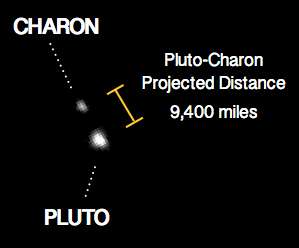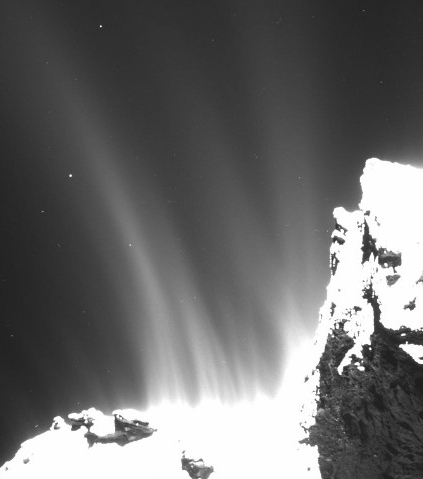Astronomers find an invisible dwarf galaxy
Using dark matter data that suggested the existence of a faint dwarf galaxy 300,000 light years away on the other side of the Milky Way, astronomers have pinpointed its location by finding a tiny cluster of bright Cepheid variable stars, also located at that distance.
“These young stars are likely the signature of this predicted galaxy,” said Chakrabarti, assistant professor in RIT’s School of Physics and Astronomy. “They can’t be part of our galaxy because the disk of the Milky Way terminates at 48,000 light years.” Invisible particles known as dark matter make up 23 percent of the mass of the universe. The mysterious matter represents a fundamental problem in astronomy because it is not understood, Chakrabarti said.
This result is intriguing because it not only found a previously unknown dwarf galaxy orbiting the Milky Way, it also provides further evidence that dark matter, whatever it is, does exist. The dark matter of this unseen dwarf galaxy showed its gravitational effects on Milky Way stars, and when the astronomers looked at the right spot suggested by those effects, they found distant stars that had to belong to the invisible dwarf galaxy, proving it was there. This is comparable to finding Neptune and Pluto by analyzing their gravitational effects and then predicting their location in the sky.
Using dark matter data that suggested the existence of a faint dwarf galaxy 300,000 light years away on the other side of the Milky Way, astronomers have pinpointed its location by finding a tiny cluster of bright Cepheid variable stars, also located at that distance.
“These young stars are likely the signature of this predicted galaxy,” said Chakrabarti, assistant professor in RIT’s School of Physics and Astronomy. “They can’t be part of our galaxy because the disk of the Milky Way terminates at 48,000 light years.” Invisible particles known as dark matter make up 23 percent of the mass of the universe. The mysterious matter represents a fundamental problem in astronomy because it is not understood, Chakrabarti said.
This result is intriguing because it not only found a previously unknown dwarf galaxy orbiting the Milky Way, it also provides further evidence that dark matter, whatever it is, does exist. The dark matter of this unseen dwarf galaxy showed its gravitational effects on Milky Way stars, and when the astronomers looked at the right spot suggested by those effects, they found distant stars that had to belong to the invisible dwarf galaxy, proving it was there. This is comparable to finding Neptune and Pluto by analyzing their gravitational effects and then predicting their location in the sky.


